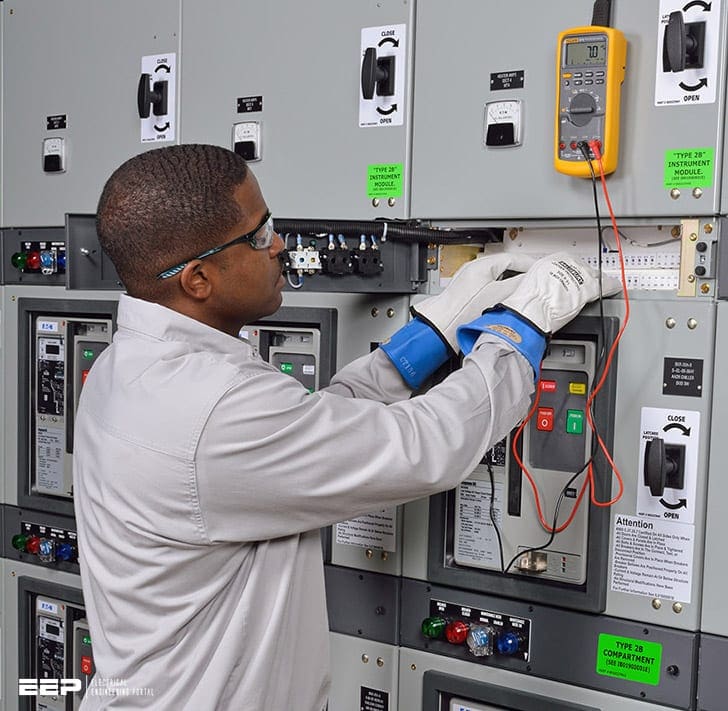Introduction to testing
Low voltage switchgear can often be a very complex and expensive piece of electrical equipment, usually representing one of the most critical and crucial parts of the project. In order to ensure that such important equipment is designed and will operate properly, some standardized procedures shall be conducted during the project.

These procedures that should be conducted are:
- Definition of design task and requirements
- Design
- Design verification and approval
- Request for quotations, offers evaluation, equipment approval and purchasing (procurement)
- Assembling
- Factory testing, i.e. factory acceptance test (FAT)
- Delivery and installation
- Site testing, i.e. site acceptance test (SAT)
- Startup
- Taking over procedure and defect notification period
- Maintenance
This procedure is especially important and clearly recognized within FIDIC contracts and corresponding projects.
What is commissioning and start-up?
Under commissioning, we assume various activities related to testing, verifications, approvals, consents, and similar, by which LV switchgear (or any other equipment) is gradually submitted for use to the employer by the contractor.
All these activities are usually followed by adequate documentation. It is important to understand that commissioning is not only technical but also administrative, i.e. legal category.
After that, only if SAT or start-up procedure aren’t characterized as successful, additional changes may be required.
Under start-up, we assume putting in operation already tested switchgear, as close as possible installed in position and ambient defined by design documentation and employer’s requirements.
This article will provide more detailed description and comments of “most technical” parts of above described procedure, such as testing and start up.
Factory testing
As already mentioned, this is an important milestone within the project realization process. LV switchgear is officially powered up for the first time during the FAT procedure.
If we are talking about contract parties involved, there are basically two types of FAT – witness and no witness. The first one assumes that the employer, or his representatives, are physically present during FAT, usually in the panel builder’s workshop. If investor and end-user are not the same as employers, they can be present also.
No witness test assumes that only the contractor, i.e. panel builder (these two don’t need to be the same) is present during FAT.
In both cases, prior to testing, tests that will be conducted are presented by the contractor to the employer for his consent. This document is usually called a FAT protocol.










